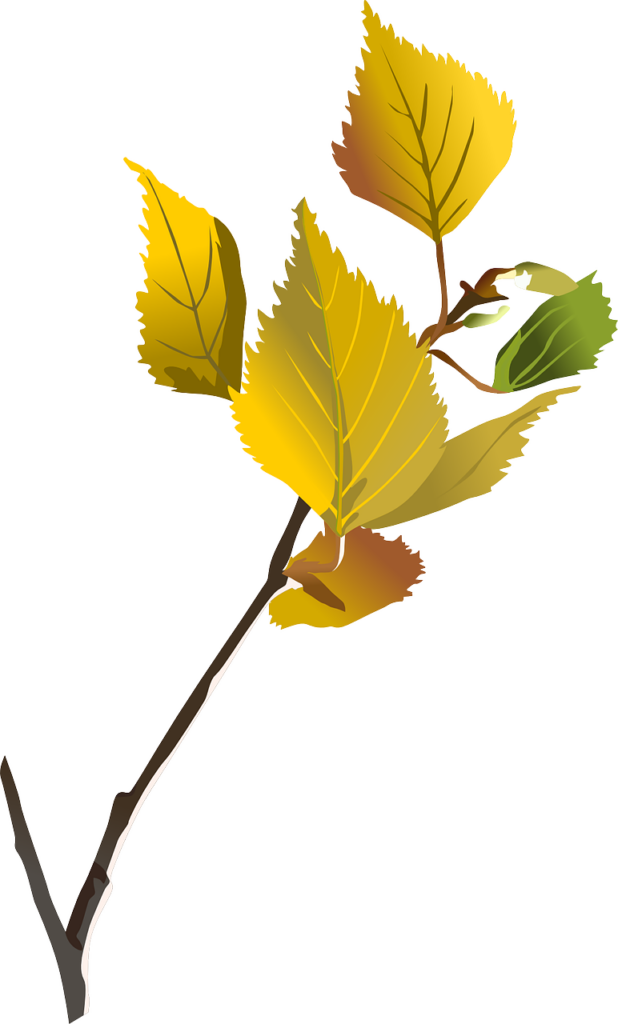
Anxiety: Too much, too little, or just enough
by William Knorr, MD // May 26, 2023
You are hiking a Green Mountain trail and are startled as you round a corner and your eyes widen, noting a large black fur ball ten feet ahead. Your pupils dilate, muscles tense, heart and breathing rates increase and you are frozen in your tracks. The bear rises on his hind legs, snorts, and inhales your scent, taking you into view. You reach for your bear spray and begin to move slowly backward as you prepare for an attack. The bear drops to his forepaws and crushes through the blueberry bushes that line the path.
You have just experienced the feeling that we have labeled as anxiety, your body’s automatic response to danger, either real or imagined. We all have this “fight or flight” response hard-wired into our brains, and for most of us, it is just the right amount. It alerts us and provides energy and motivation to act in a productive and protective manner. When anxiety is just the right amount, it can energize us to quickly prepare and take steps to minimize risks, and still enjoy fun activities like hiking, bike riding, skiing, swimming, etc. Anxiety only creates a problem when it is too much and prevents us from enjoying our lives or engaging in work, school, and our everyday lives, like going out to the store or traveling by car, air, or train, for example.
Of course, too little anxiety can lead to excessive risk-taking behavior, resulting in injury or impairment. Some examples are riding bikes, motorcycles, and ATVs without a helmet, and hiking without water, matches, bear spray, and a cell phone. If you are in the small part of the population that has too little anxiety, you may not experience the alerting feeling to prompt you to take action and, therefore, you will need to plan ahead and recognize danger, high-risk situations, and potential danger through thoughts and experiences. Preparation and planning ahead for dangers might be required.
Too much anxiety can significantly alter the enjoyment of life, socialization, and many of the necessary requirements for survival in our modern world. Avoidance of work, school, shopping, traveling, and social engagements can result. Fortunately, we have many “tools” to help reduce anxiety and restore functioning. These are available through most mental health facilities, which have trained professionals that can teach and coach patients and clients on how to manage excessive anxiety. Some of these techniques include progressive muscle relaxation, square breathing, mindfulness meditation, guided imagery, EMDR (Eye Movement Desensitization Reprocessing), systematic desensitization, implosion, and exposure response prevention. In addition to these various cognitive behavior therapies, medications that reduce anxiety are available and very effective. Some of these are serotonin reuptake inhibitors, tricyclic antidepressants, and monoamine oxidase inhibitors. All of these treatment options can be accessed through a local mental health provider who specializes in anxiety reduction therapies or a medication prescriber, including an MD, DO, NP, or PA. In most instances, a combination of medication and therapy is recommended, but either therapy or medication can be offered to tailor treatment to a patient’s request.
For now, let’s understand that anxiety is important for all of us and if it becomes unbalanced, there is no need to suffer. With some personal effort and treatment, you can learn to manage your anxiety and reclaim your life.
Dr. William A. Knorr has served as Medical Staff President at the Brattleboro Retreat since 2005. He has extensive experience in residential treatment for both children and adolescents. Dr. Knorr is board certified in pediatrics, adult psychiatry, child-adolescent psychiatry, and addictions psychiatry.



